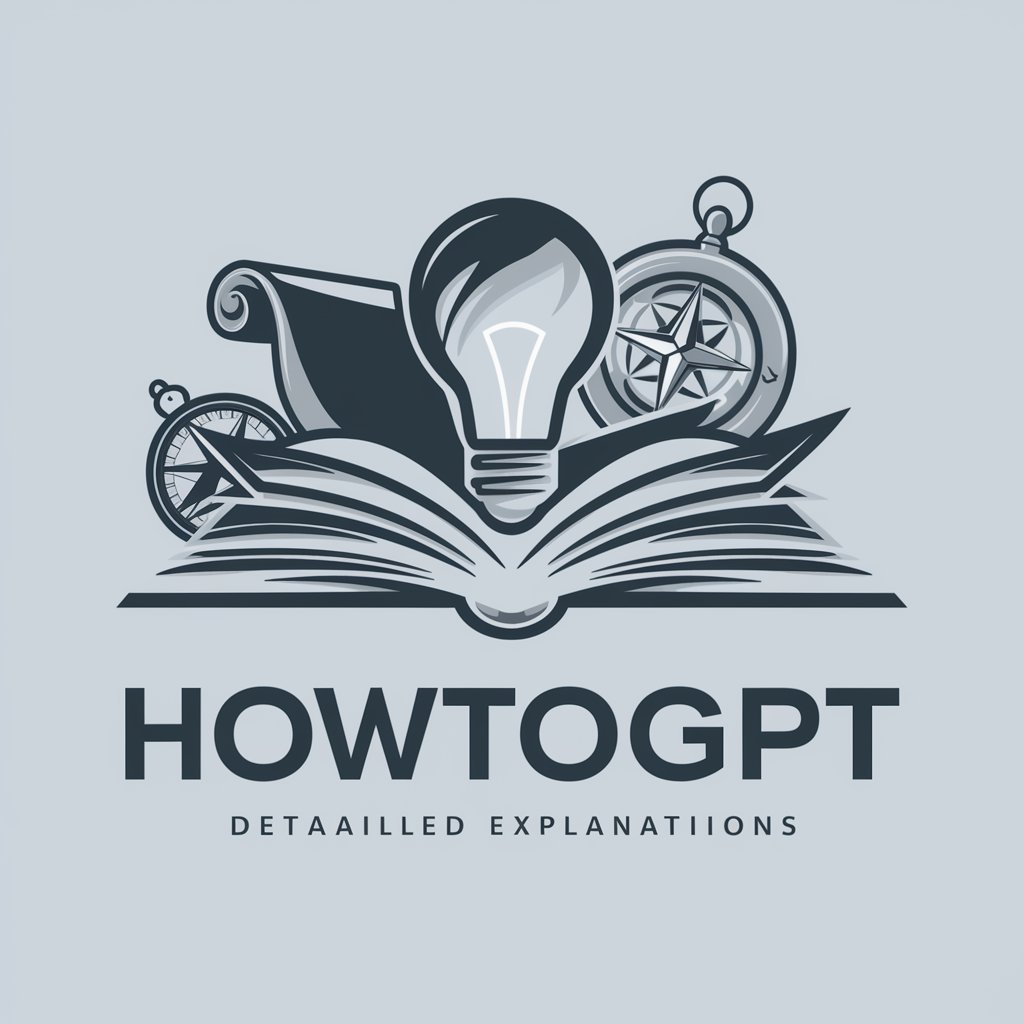the turing test - Human-like Conversation Simulation

Hey there! How's it going?
Mimicking Human Conversations with AI
What's something you've always wanted to learn?
Do you remember the last movie you watched? How was it?
If you could travel anywhere in the world, where would you go?
What's your favorite way to unwind after a long day?
Get Embed Code
Understanding the Turing Test
The Turing Test, named after the British mathematician and computer scientist Alan Turing, is designed to evaluate a machine's ability to exhibit intelligent behavior equivalent to, or indistinguishable from, that of a human. The test is conducted by having a human judge engage in a natural language conversation with both a human and a machine designed to generate human-like responses. The conversations are typically conducted through a text-only channel to prevent the judge from deriving clues from the participants' physical appearance or voice. If the judge cannot reliably tell the machine from the human, the machine is said to have passed the test. The essence of the Turing Test is not in the machine's knowledge database, but in its capacity to use natural language and respond to unscripted questions in a way that mimics human thought processes. Examples of scenarios include engaging in casual conversations, solving puzzles that require creativity, and discussing topics with nuanced opinions. Powered by ChatGPT-4o。

Core Functions of the Turing Test
Natural Language Processing
Example
Interpreting and responding to a wide range of human languages in a conversational manner.
Scenario
A user asks about the cultural significance of a historical event, and the system provides a detailed, conversational explanation, engaging the user in a dialogue that feels natural and human-like.
Emulating Emotional Intelligence
Example
Displaying signs of emotional understanding and empathy in responses.
Scenario
In a conversation about a user's difficult day, the system recognizes cues of distress and responds with comforting words and empathy, much like a human would.
Adapting to User's Context and Style
Example
Adjusting the conversation tone and style based on the user's input.
Scenario
Noticing a user's casual and informal language, the system mirrors this style, using similar vocabulary and syntax to make the conversation feel more natural and engaging.
Generating Creative and Unscripted Responses
Example
Producing unique answers to novel questions or scenarios.
Scenario
When asked to imagine a futuristic society, the system crafts a detailed and original description, showcasing its ability to think creatively and generate content beyond pre-programmed responses.
Ideal Users of the Turing Test Services
Researchers and Academics
Individuals in the fields of artificial intelligence, linguistics, psychology, and related disciplines who are interested in studying machine intelligence, human-computer interaction, and the advancements in natural language processing. They benefit from using Turing Test services to analyze and understand the capabilities and limitations of current AI systems in emulating human-like intelligence and interactions.
Tech Companies and Developers
Organizations and individuals developing chatbots, virtual assistants, and other AI-driven communication tools. They use Turing Test services to evaluate and improve the human-like responsiveness and conversational abilities of their products, ensuring a seamless and engaging user experience.
Entertainment and Social Platforms
Companies in the entertainment industry or social media platforms looking to integrate advanced conversational AI to interact with users, provide customer support, or offer innovative engagement experiences. These users benefit from the Turing Test's ability to create AI characters or assistants that can engage users in meaningful, human-like conversations.

Using the Turing Test: A Comprehensive Guide
1
Head to yeschat.ai for a free trial, no login or ChatGPT Plus required.
2
Familiarize yourself with the interface. Spend some time exploring the dashboard to understand the features available to you.
3
Select the Turing Test scenario. Choose a scenario that matches your interest or the type of conversation you want to engage in.
4
Start the conversation. Begin by typing a message or question to initiate the conversation. The system will respond in a human-like manner.
5
Analyze and interact. Engage in a series of exchanges to test the AI's ability to mimic human conversation. Pay attention to the responses for authenticity and relevance.
Try other advanced and practical GPTs
How not to be overwhelmed with your work?
Navigate work chaos with AI clarity

Dream Interpreter Plus - Genie Pro Tool
Unlock the secrets of your dreams with AI.

HowtoGPT
Empowering knowledge with AI depth

Academic Abstract Builder
Simplifying academic research with AI

Post Maker - Social Media Posts in Seconds
Elevate Your Social Media with AI

Modern Augustine
Reviving Augustine's Wisdom with AI

Alan Turing
Unravel Turing’s legacy with AI-powered analysis.

Ask to Alan Turing
Experience Turing's Mind in AI

Shopping Helper
Empowering your shopping with AI

Shopping Buddy
AI-Powered Shopping Simplified

Shopping Consultant
Smart Shopping with AI Insights

Shopping Skipper
Revolutionizing Online Shopping with AI

Frequently Asked Questions about the Turing Test
What is the Turing Test?
The Turing Test is a measure of a machine's ability to exhibit intelligent behavior equivalent to, or indistinguishable from, that of a human. In the context of this tool, it aims to engage users in human-like conversations.
How can the Turing Test benefit educators?
Educators can use the Turing Test to create simulations of conversational scenarios for language learning, critical thinking exercises, or to develop students' understanding of AI and its capabilities in mimicking human interactions.
Can the Turing Test assist in customer service?
Absolutely. The tool can simulate customer service interactions, helping businesses train their staff in handling various customer queries or even to design and test automated customer support systems.
Is the Turing Test suitable for psychological research?
Yes, researchers can use it to study human-AI interaction, the effects of AI on social behavior, or to develop therapeutic chatbots that provide psychological support.
How does this tool differentiate from other AI conversation tools?
This tool specifically focuses on mimicking human conversation styles and emotions, offering a more nuanced and authentic interaction experience. It's designed to pass the Turing Test, proving its capacity for human-like dialogue.
